Thanks to @nelinoeva for the new competition, this week's topic is - FLEDGLING / YOUNG BIRD
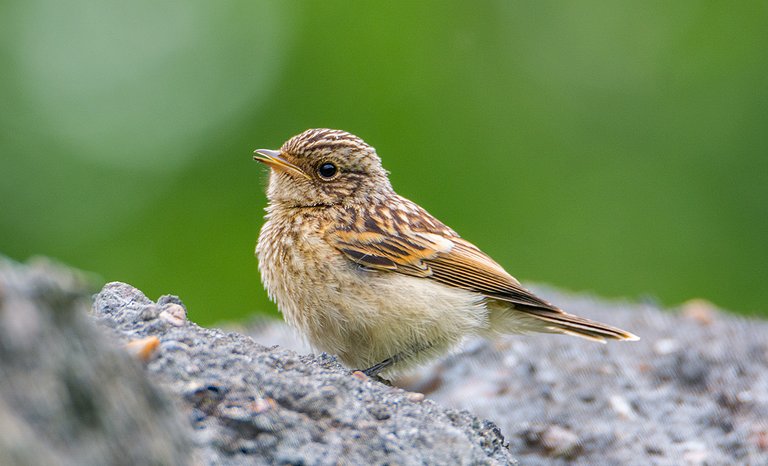
The Siberian stonechat or Asian stonechat (Saxicola maurus)
This youth was sitting on the remains of a ruin near a field, where his brothers and sisters and parents sat in the tall grass.
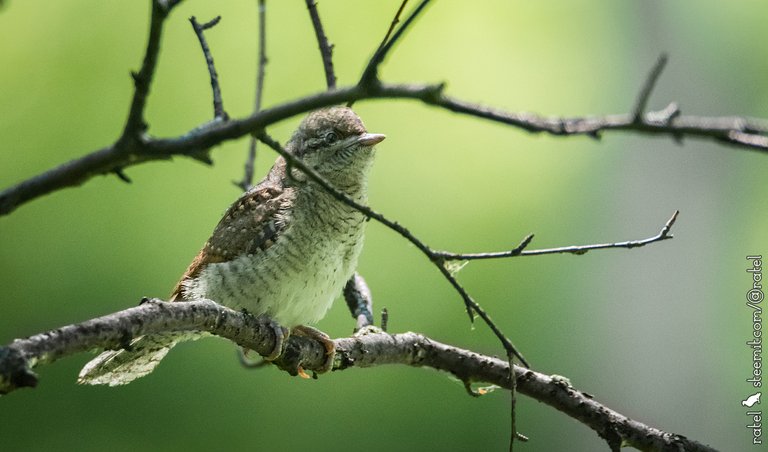
The Eurasian wryneck or northern wryneck (Jynx torquilla)
This bird was sitting in the bushes near the hill, she screamed loudly, calling her parents. And the parents were nearby, they were catching food.
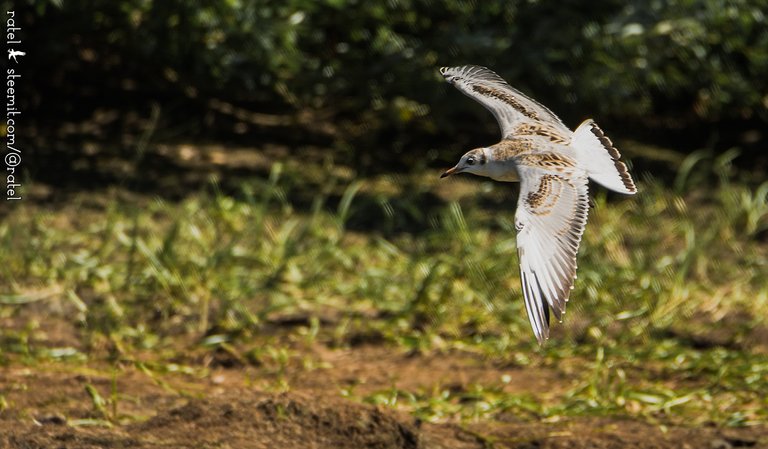
The black-headed gull (Chroicocephalus ridibundus)
Many different birds gather on the small seasonal lake. And sometimes these young seagulls appear there. It is interesting that I have not seen adult seagulls there yet.

The common redstart (Phoenicurus phoenicurus)
This little guy is the reason why the male redstart jumps out of the bushes and begins to draw attention to himself, thereby taking the danger away.
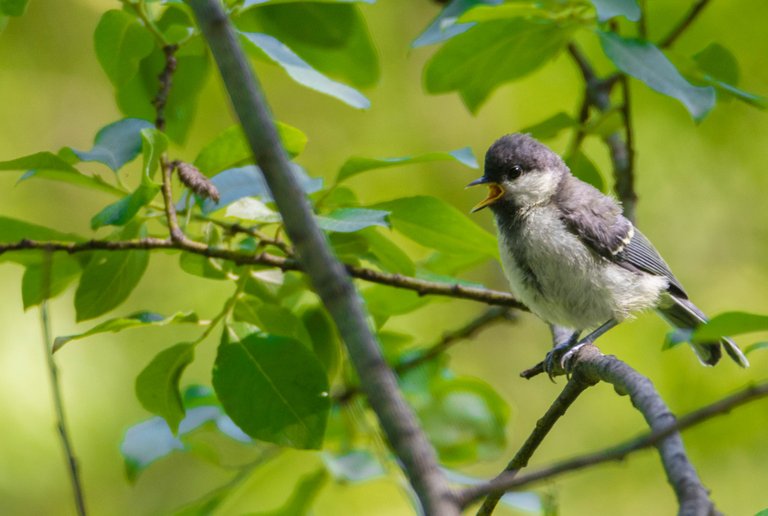
The great tit (Parus major)
The young tit called her parents, although some time before that, I saw how she herself examined the leaves on the branch and ate something.

The long-tailed tit or long-tailed bushtit (Aegithalos caudatus)
Note how young birds differ from adults. The young have dark red spots on their heads, and the eyelids are the same color. In adults, the eyelids are yellow, and the head is spotless, white (in the case of the northern species).
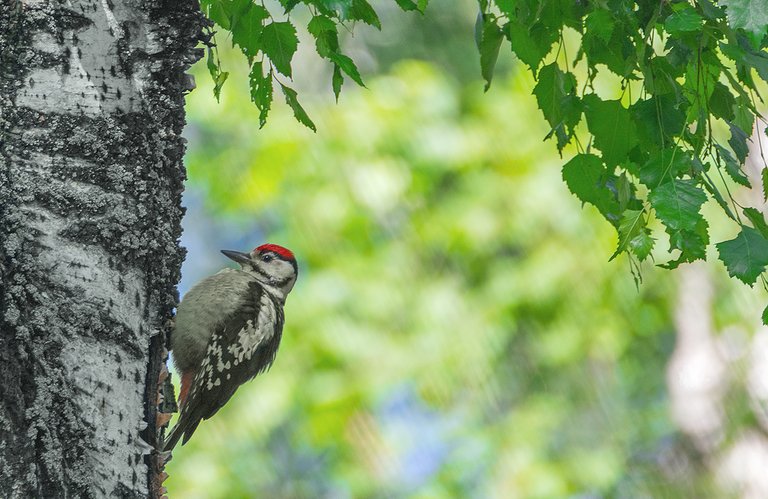
The great spotted woodpecker (Dendrocopos major)
And here the young woodpecker was sitting quietly, making timid attempts to peck the bark on its own.
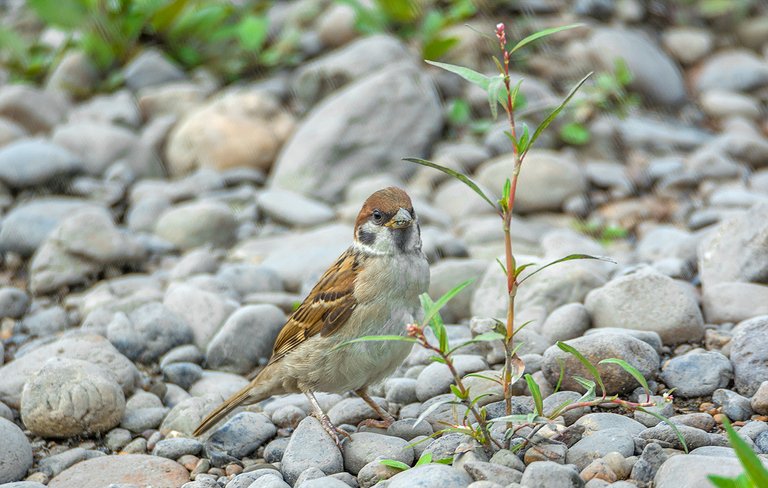
The Eurasian tree sparrow (Passer montanus)
This sparrow was jumping over the stones on the shore. Pay attention to his beak, it is not yet completely black, and only after a few months will he grow and the beak will become completely dark.
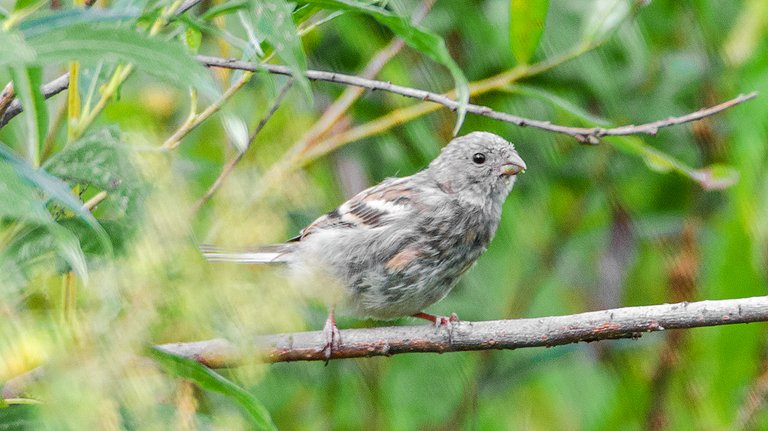
The long-tailed rosefinch (Carpodacus sibiricus)
Young birds are not as pretty as adults. This young long-tailed bullfinch (as we call this bird) was jumping from bush to bush. When he grows up, he will become beautiful, pink in color if he is a male.
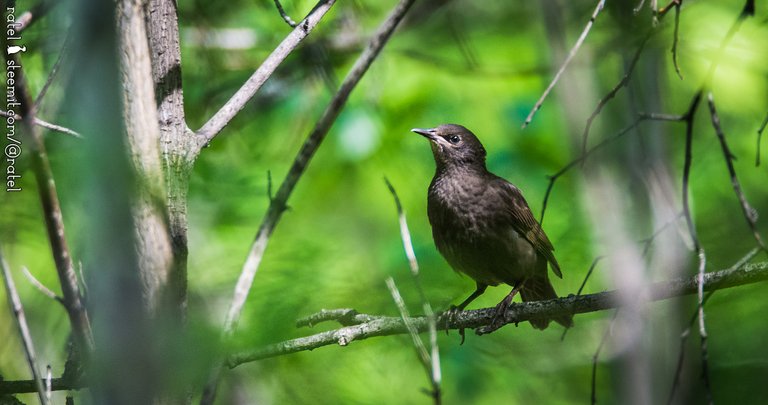
The common starling or European starling (Sturnus vulgaris)
It is extremely rare to see starlings in my favorite forest, I have met only a couple of times. And then I was lucky enough to see a young starling. He sat quietly in the bushes while the parent wandered the earth in search of larvae.

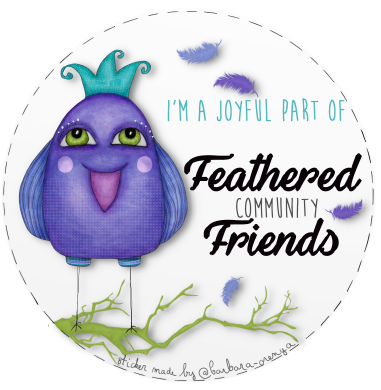
You nailed this one with some wonderful pictures and a wide variety of fledglings. Whenever you see a young bird, just starting to become independent, you know the parents are not too far away.
The picture of the black-headed gull that you caught in flight is remarkable. Most times, snapping a picture of a bird flying is almost impossible for me. By the time I get my stuff together, the bird has disappeared onto the heavens.
Thank you. Yes, parents always know where their children are, so you can't touch them. Moreover, you need to be careful and look around if there are any predators nearby that may be interested in what you are looking at.
I'm sure you will be able to take photos of birds in flight, you need to practice.😉
Congratulations @ratel! You have completed the following achievement on the Hive blockchain and have been rewarded with new badge(s) :
Your next target is to reach 63000 upvotes.
You can view your badges on your board and compare yourself to others in the Ranking
If you no longer want to receive notifications, reply to this comment with the word
STOPCheck out the last post from @hivebuzz:
Support the HiveBuzz project. Vote for our proposal!
hello great photographs of the little feathered ones
Happy week
Thanks!😉Have a nice week too!
These are really incredible images and so well described young birds.
☺️thanks!
Отличные фотографии. Мне понравился особенно очиток, что на первом фото.
Очиток?))
Some little cuties. I want to find the Eurasian wrynec here in Austria but it is also very seldom and hard to spot because of it's camouflage feathers.
а почему дятел такой пузатенький - или нахохлился просто отчего то? ап!